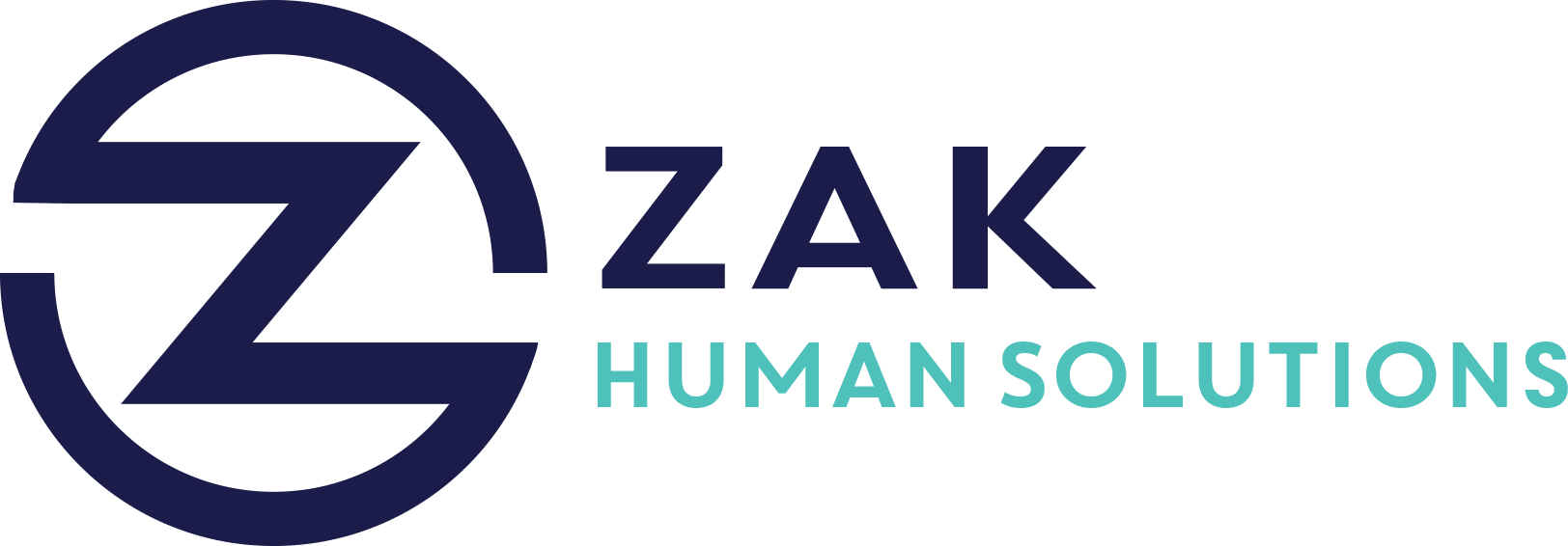Key Takeaways
- Professional development boosts company resilience and growth, with leaders setting the tone.
- Investing in employee development increases profitability and retention rates.
- Successful leaders prioritize continuous learning and adaptability.
- Identifying personal strengths and weaknesses is crucial for leadership effectiveness.
- Leveraging technology aids in ongoing professional development.
- Finding a mentor or business coach is beneficial for skill enhancement.
- Building a strong professional network offers insights and guidance.
- Gaining internal knowledge by shadowing team members provides valuable insights.
- Effective time management is essential for prioritizing professional growth.
- Transparency with employees about development efforts builds a culture of growth.
As the business landscape evolves at lightning speed, the pivotal role of professional development in organizational growth and resilience can’t be understated. At the heart of this paradigm is the leader, whose commitment to self-improvement and fostering a learning culture sets the tone for the company’s trajectory.
Understanding the Value of Professional Development
Professional development transcends mere skill enhancement; it is a strategic approach to fortifying business tenacity and nurturing a growth-oriented environment. When leaders invest in their development and that of their teams, they lay the groundwork for elevated profitability and improved employee retention rates.
The Direct Impact on Business Success
According to research, organizations prioritizing employee development witness an 11% surge in profitability. This statistic underscores the significance of continual learning and adaptability, forming the backbone of successful leadership. Leaders embracing this ethos cultivate an invigorating workplace culture that not only retains talent but also attracts it.
Characteristics of Effective Leaders
Effective leadership is synonymous with perpetual learning and flexibility. Leaders who are adaptable and forward-thinking hold a distinct advantage in navigating the complexities of modern businesses. Let’s delve into essential qualities and actions taken by these exemplary leaders:
1. Identifying Strengths and Weaknesses
Understanding one’s strengths and limitations is crucial for personal and organizational growth. Leaders who conduct introspective analyses position themselves for more informed decision-making.
2. Embracing Technology
With technological advancements, integrating professional development into hectic schedules is easier than ever. Utilizing apps for book summaries or engaging with TED Talks showcases just how accessible learning has become.
3. Finding Mentors and Coaches
Mentorship offers unparalleled skill enhancement opportunities. The nuanced guidance of an experienced mentor can accelerate personal growth, offering fresh perspectives and invaluable insights.
Building a Robust Professional Network
Connecting with industry peers through networks provides constant learning opportunities. By participating in events and assuming leadership roles in associations, leaders can stay abreast of emerging trends and challenges.
Practicing Internal Knowledge Sharing
A comprehensive understanding of various organizational roles through shadowing transforms CEOs into more empathetic leaders who are attuned to the challenges employees face. This direct involvement fosters greater organizational cohesion.
Time Management and Development Prioritization
Balancing professional development with existing responsibilities requires astute time management. Automating mundane tasks and setting reminders are practical techniques leaders employ to focus on growth-worthy activities.
Promoting Transparency
A transparent approach to personal development efforts inspires employees at all levels. When leaders exemplify a commitment to lifelong learning, it galvanizes a cultural shift toward growth and collaboration.
In conclusion, professional development is an indispensable tool for leaders aiming to helm resilient and prosperous enterprises. Through self-reflection, technological integration, mentorship, and networking, leaders unlock their full potential, subsequently steering their organizations towards a future of sustained success.




